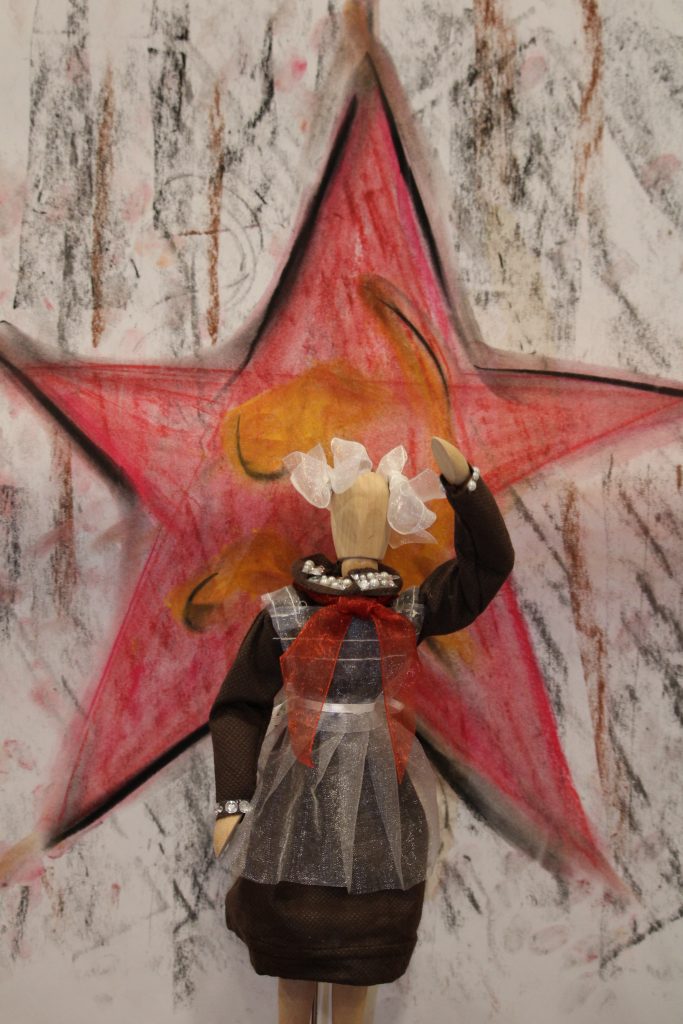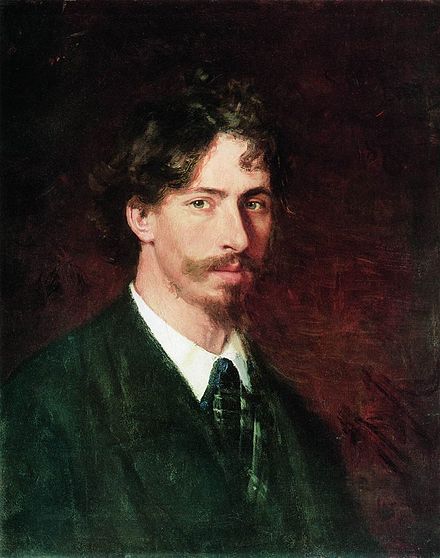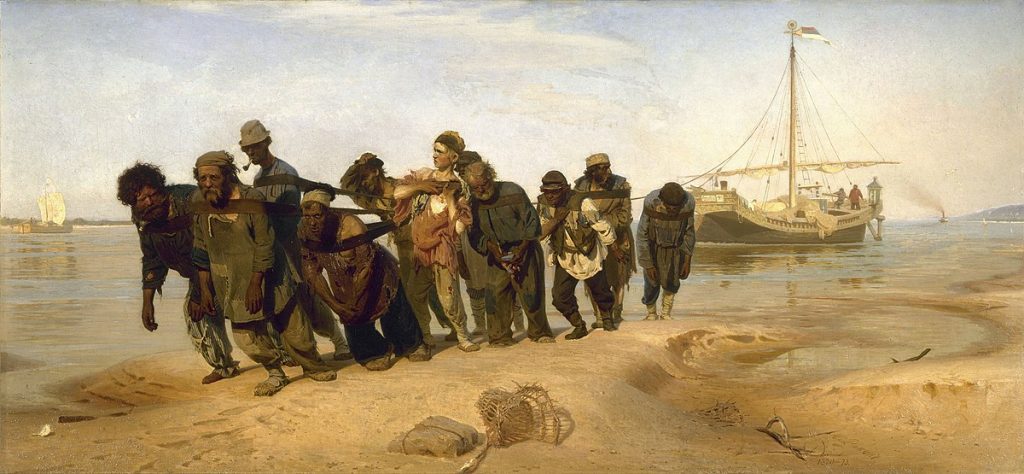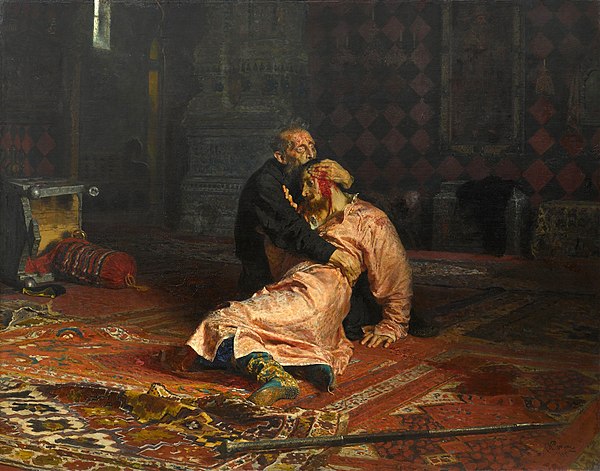Is a fascinating French artist who was innovative in explorations of color and form while participating in the development of abstract art in the early 20th century.
But, to be honest, I choose this artist not only because of the vivid colors and interesting shapes of her works but also because she intrigued me with her biography and the place where she was born. To be precise, she was born in the small village, Hradyz’k, Poltava Oblast in Ukraine on November 13, 1885 (some sources argue that she was born in Odesa, Ukraine). And well, this is the place where my grandfather resided, so I was highly excited to learn about herself as well as moments of life that motivated, inspired, and led her into the expressionism movement.
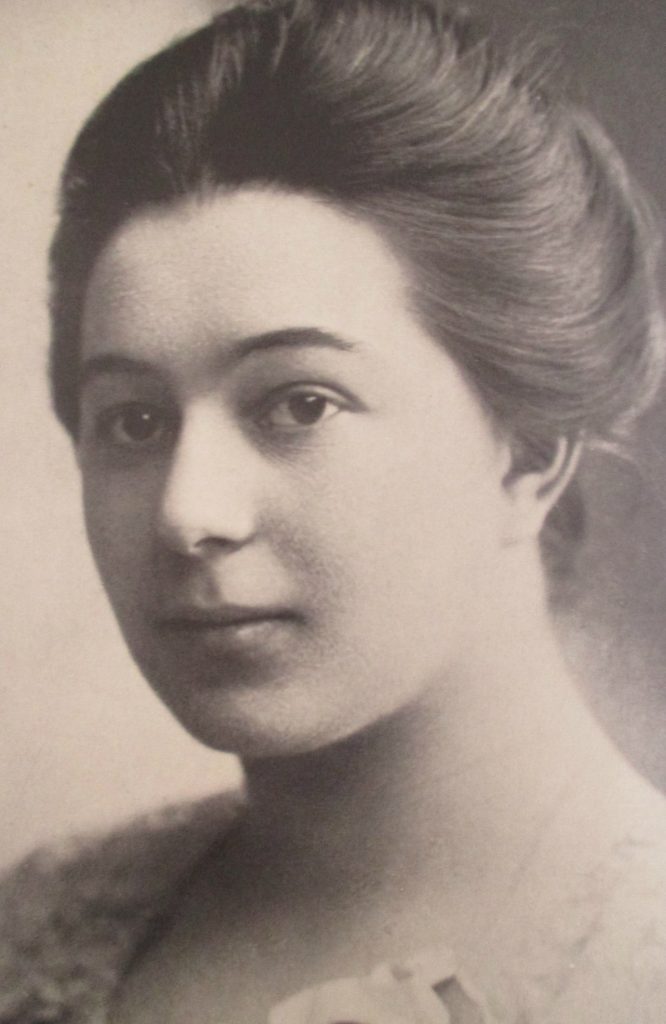
“Sonia Delaunay was a multi-disciplinary abstract artist and a key figure in the Parisian avant-garde. Alongside her husband, Robert Delaunay, she pioneered the movement of Simultanism. Her exploration of the interaction between colors has created a sense of depth and movement throughout her oeuvre”, Tate.
At the age of seven, she started to live with her “middle class” uncle, Henri Terk, and his wife, Anna, in Saint Petersburg, Russia. Because of the rich culture and wealthy city she was living in at a time, Sonia was infused with a special inspiration and knowledge, experience in it, which greatly influenced her life and future decisions (especially in art). “Nevertheless, her childhood memories of Ukraine remained with her and she often referred back to the ‘pure’ color and bright costumes of the Ukrainian peasant weddings”, Tate.
Artist was truly creative and unique at the work she was doing, so it is no surprise that her talent and ideas expanded beyond painting, and, as such one of the many works that reflect the idea of it is an illustration for the cover of Vogue in 1926…
“As well as a major retrospective at the Kunstmuseum Bielefeld in 1958, Delaunay was the first living female artist to have a retrospective exhibition at the Louvre in 1964. She has also had her work shown at Musée d’Art Moderne in Paris, Smithsonian Cooper-Hewitt, National Design Museum, Musée des Arts Décoratifs, Musée National d’Art Moderne and Tate Modern”, Tate.

The painting above is one of the most popular ones Sonia has created in 1914, and it displays Delaunay’s trademark – concentric circles at their best. Interpreted as an ode to modernity, she paints the lights and the rush of Boulevard Saint Michel into an almost complete abstraction of colors and texture, except two figures, which remain “discernible” in the lower center of the painting. The name of the piece, translated in English will be Electric Prisms, as for me, hints into the symbolic meaning of the living organism, or I better write person, who caught the attention of the artist with the way they were, and so, redistributing into the abstract manner they became prisms, with the electricity instead of the zest they had in the artist’s eyes and unique world view.
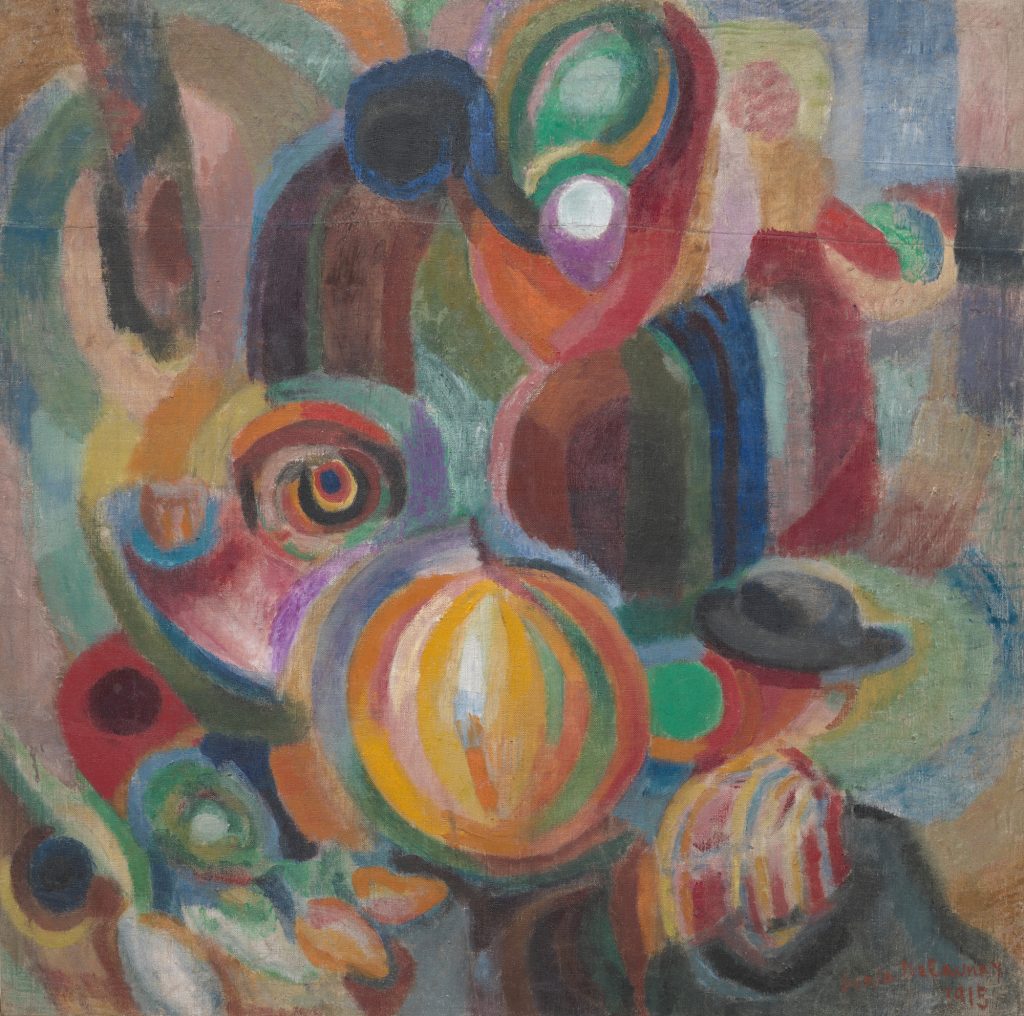
This piece caught my attention to the same extent as the previous one not only because of the colors the artist masterly choose but also because of the “silhouettes” of the fruits I can clearly recognize. The interesting part for me was that if you will not concentrate on the “products in the market” only, but on the whole painting, you will see the face with the colored eye on the left and the big nose at the center…
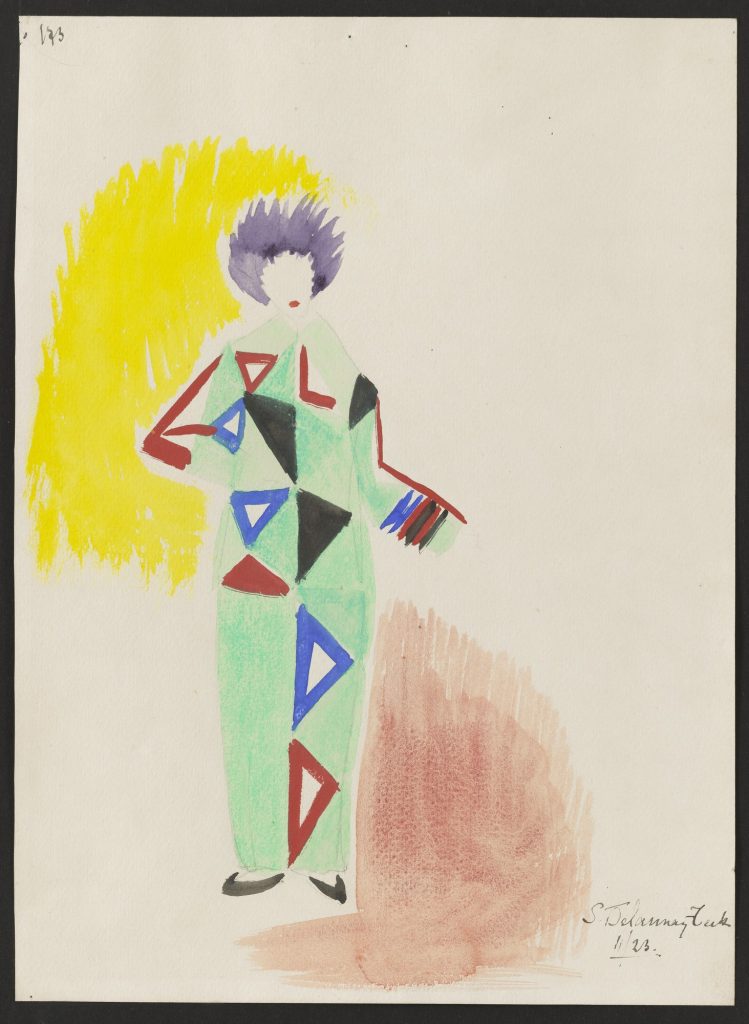
To conclude (even though I do not want to finish yet), I will quote some of the thoughts that were remarkable and that impressed me, as such:
I always changed everything around me… I made my first white walls so our paintings would look better. I designed my furniture; I have done everything. I have lived my art.
Colour is the skin of the world.
Colour was the hue of number.
One who knows how to appreciate color relationships, the influence of one color on another, their contrasts and dissonances, is promised infinitely diverse imagery.
Sources:
https://www.moma.org/interactives/exhibitions/2012/inventingabstraction/?work=70



